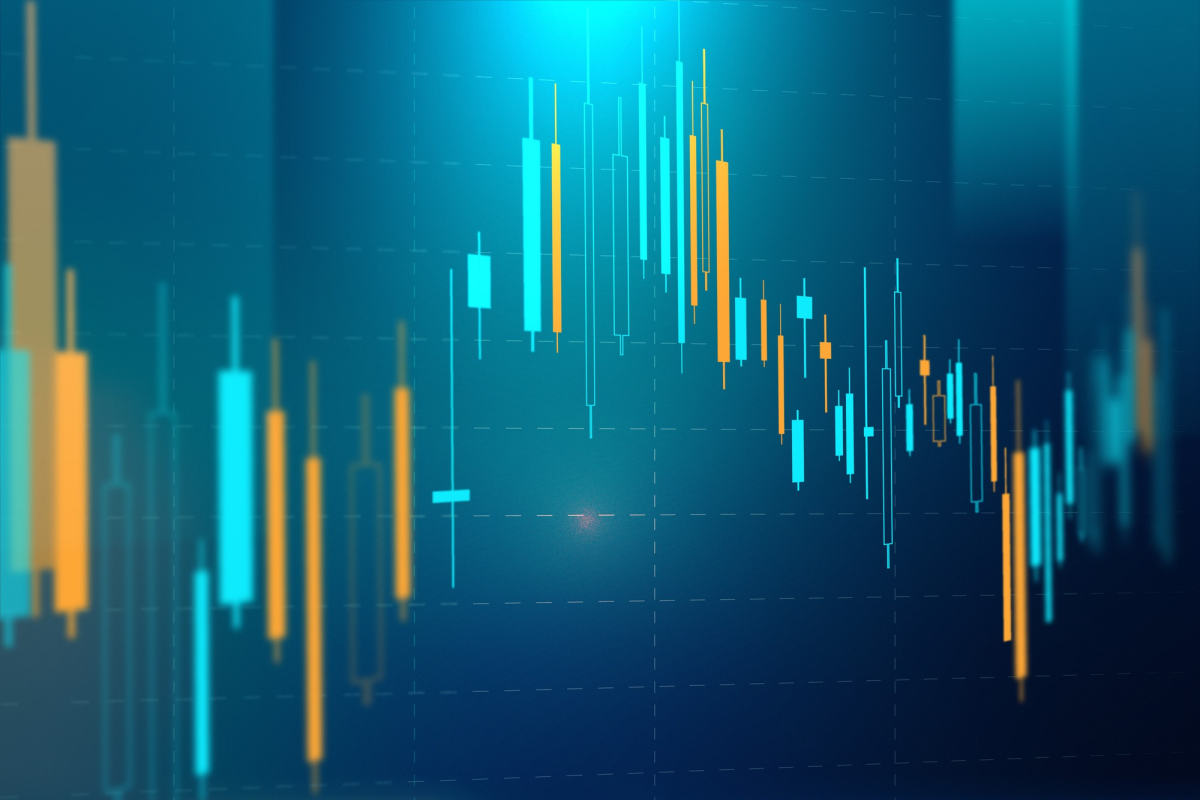Introduction
High dividend yields can be an appealing feature for investors seeking regular income from their investments. Defined as the annual dividend payment divided by the stock’s price, a high dividend yield suggests that a company is paying out a substantial portion of its earnings to shareholders. However, while high dividend yields offer attractive potential rewards, they also come with associated risks that need careful consideration. For those looking to deepen their understanding of such investment strategies, consulting resources like Everix Edge can provide valuable insights. This article explores the nuances of high dividend yields, examining both their benefits and potential pitfalls.
Understanding Dividend Yields
Dividend yield is a financial ratio that measures the annual dividend payment relative to the stock’s current price. For example, if a company pays $5 in dividends per share and its stock is priced at $100, the dividend yield is 5%. High dividend yields, typically considered above 4-5%, often attract income-focused investors. However, a high yield is not always a sign of a strong investment; it’s crucial to understand its implications.
Attractive Features of High Dividend Yields
1. Steady Income Stream
High dividend yields provide a consistent income stream, which is especially appealing to retirees or those seeking regular cash flow. Unlike capital gains, which depend on stock price appreciation, dividends offer predictable returns.
2. Potential for Compounding Returns
Reinvesting dividends can significantly enhance returns over time. By purchasing additional shares with dividend payments, investors benefit from compounding, where earnings generate their own earnings.
3. Sign of Company Health
Companies that maintain high dividend yields often demonstrate strong financial health and profitability. Consistent dividend payments can reflect a company’s confidence in its ongoing cash flow and financial stability.
Risks Associated with High Dividend Yields
1. Sustainability of Dividends
High dividend yields can be misleading if the dividends are not sustainable. A company might offer high yields by paying out more than it earns or through aggressive financial practices. This can lead to future cuts in dividends if the company’s financial situation deteriorates.
2. Economic Downturns
During economic downturns, companies with high dividend yields may struggle to maintain their payouts. Economic instability can lead to reduced earnings, which may prompt companies to cut or suspend dividends to preserve capital.
3. Dividend Traps
A high dividend yield might be a red flag, known as a dividend trap. This occurs when a stock’s price falls significantly, boosting the yield superficially. If the stock price has dropped due to underlying issues, the high yield might not be sustainable.
Evaluating Dividend Sustainability
1. Financial Metrics to Analyze
To assess the sustainability of dividends, investors should examine the payout ratio, which is the proportion of earnings paid out as dividends. A lower payout ratio indicates that the company retains sufficient earnings to support future dividend payments. Additionally, analyzing cash flow and earnings stability can provide insights into whether dividends can be maintained.
2. Company Fundamentals
Evaluating a company’s overall financial health and industry position is critical. Factors such as revenue growth, debt levels, and market conditions should be considered. A company with robust fundamentals is better positioned to sustain high dividend payments.
Comparing High Dividend Yields with Other Investment Strategies
1. Dividend Growth vs. High Yields
Dividend growth investing focuses on companies that increase their dividend payouts over time. While high dividend yields provide immediate income, dividend growth investments offer potential for increasing income and capital appreciation as dividends rise.
2. Income vs. Growth Investing
Income investing prioritizes regular dividend payments, whereas growth investing focuses on capital appreciation. High dividend yields might appeal to those seeking income, but they may need to balance their portfolio with growth stocks to achieve long-term wealth accumulation.
Case Studies of High Dividend Yield Stocks
1. Successful High Yield Stocks
Some companies have managed to maintain high dividend yields sustainably. For example, established firms like Johnson & Johnson and Procter & Gamble have a history of reliable dividend payments and strong financial performance, making them attractive to income-focused investors.
2. Troubled High Yield Stocks
Conversely, companies such as energy firms or those in cyclical industries may offer high yields during favorable conditions but face challenges in downturns. An example is the oil and gas sector, where dividend cuts during periods of low oil prices can impact yield sustainability.
How to Incorporate High Dividend Yields into Your Investment Strategy
1. Diversification
Incorporating high dividend yield stocks into a diversified portfolio can balance income with other investment goals. Diversification helps mitigate risks associated with individual stocks or sectors.
2. Risk Management
To manage risks, investors should regularly review the health of companies with high dividend yields and adjust their portfolios as needed. Keeping track of financial metrics and industry trends can help avoid potential pitfalls.
Conclusion
High dividend yields offer the promise of steady income and the potential for compounding returns, but they also come with risks that must be carefully evaluated. By understanding the sustainability of dividends, comparing investment strategies, and analyzing real-world examples, investors can make informed decisions. Balancing high dividend yields with other investment strategies and conducting thorough research will help in achieving a well-rounded and resilient investment portfolio.

























































































































